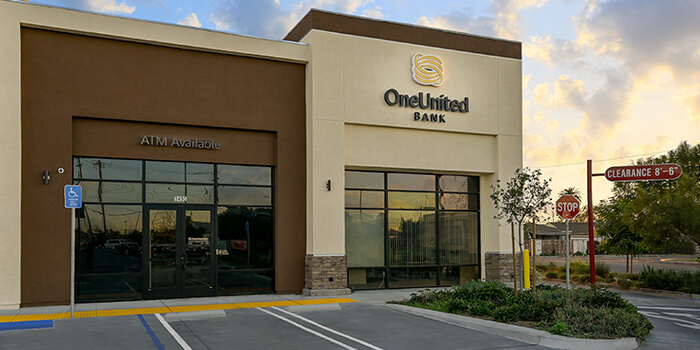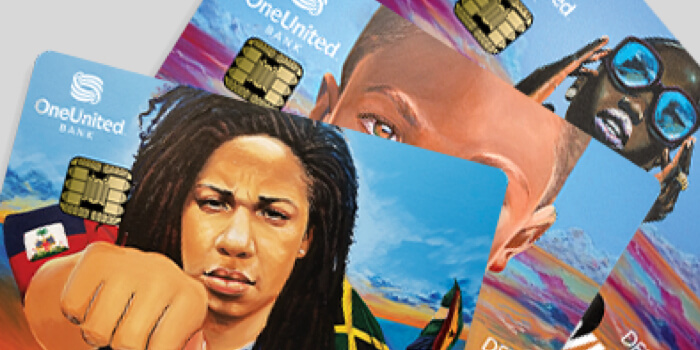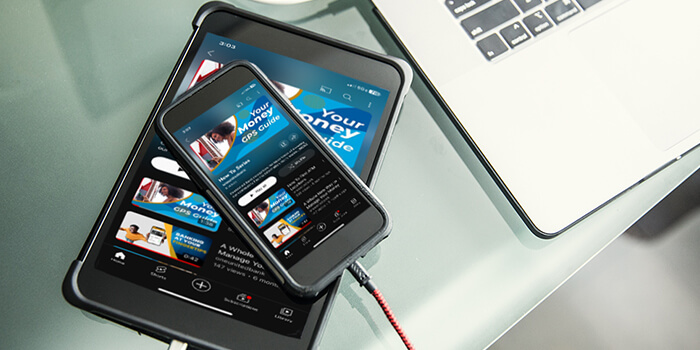As a parent, it is natural to worry about the lessons you teach your kids. Good manners, staying away from drugs, and taking school seriously are tried and true standards of parenting. Financial literacy is a bit more unusual. Nevertheless, managing money is a foundational element of adulthood and one that needs to be taught early in life.
Teach by Example
Children imitate their parents. Thus, teaching your kids any method of financial responsibility will have little impact if they observe you behaving in conflict with your teachings. If you decide to use a financial responsibility system, follow it yourself. Lead by example and you may find your own financial life coming into sharper focus.
The Spend, Save, Share Method
One popular method of teaching financial literacy to kids is the Spend, Save, Share method. This system teaches children the realities of money that adults face every day, and it helps to prevent irresponsibility and a sense of entitlement.
Parents take the time to create a budget with their children, using the three categories. The Spend category is used to purchase goods and services in order to satisfy needs and wants. The Save category is money set aside for future needs or wants. And, the Share category is money intended to be donated to worthy causes, such as the poor, environmental efforts, or animal shelters.
At the outset, you and your child determine how much of the money must go into each category for each allowance period. Many parents like to use physical jars in order to make the learning experience move visual. A typical breakdown may be 40% spend, 50% save, and 10% share, but you can adjust these figures as appropriate. Create rules for how the various funds can be used, and try not to give in to the temptation to “bail out” a child that overspends.
As you get better at the Spend, Save, and Share Method, create a fourth category: Invest. Begin allocating funds that will be put into investments as soon as possible. For a parent, this might include your 401K, stock and bond investments, mutual funds, etc. For a child, this could mean buying savings bonds for college, investing funds for them while teaching about the stock market, or simply creating artificial increases or decreases in the invest jar similar to the undulations of the market.
In time, the child should think of every dollar earned as made of these components.
Finding Books to Teach Financial Literacy
Many book sellers and public libraries now offer financial literacy texts targeted to youth. These can work hand-in-hand with your own teaching and expand the child’s understanding of how to manage money with new ideas and perspectives. Some financial institutions have also taken it upon themselves to offer free educational materials for children; ask your bank, brokerage firm, CPA, or financial adviser if they have such books.
OneUnited Bank’s “I Got Bank” Financial Literacy Essay Contest
Another excellent way to drive home the message of financial responsibility is by having your children participate in essay contests like OneUnited Bank’s “I Got Bank” Financial Literacy Essay Contest. The contest is targeted to children aged 8-12, and it asks them to write a 250 word essay about the lessons they learned after reading the book “I Got Bank” or another financial education book for children. The top essay wins a $1,000 prize and the work will be published. (www.oneunited.com/book)
Today’s Lessons Equal a Lifetime of Financial Security
Remember, the coaching you give your children today will form the foundation of the decisions they make for the rest of their lives. A strong foundation in financial literacy is one of the most important lessons you will ever impart.


















